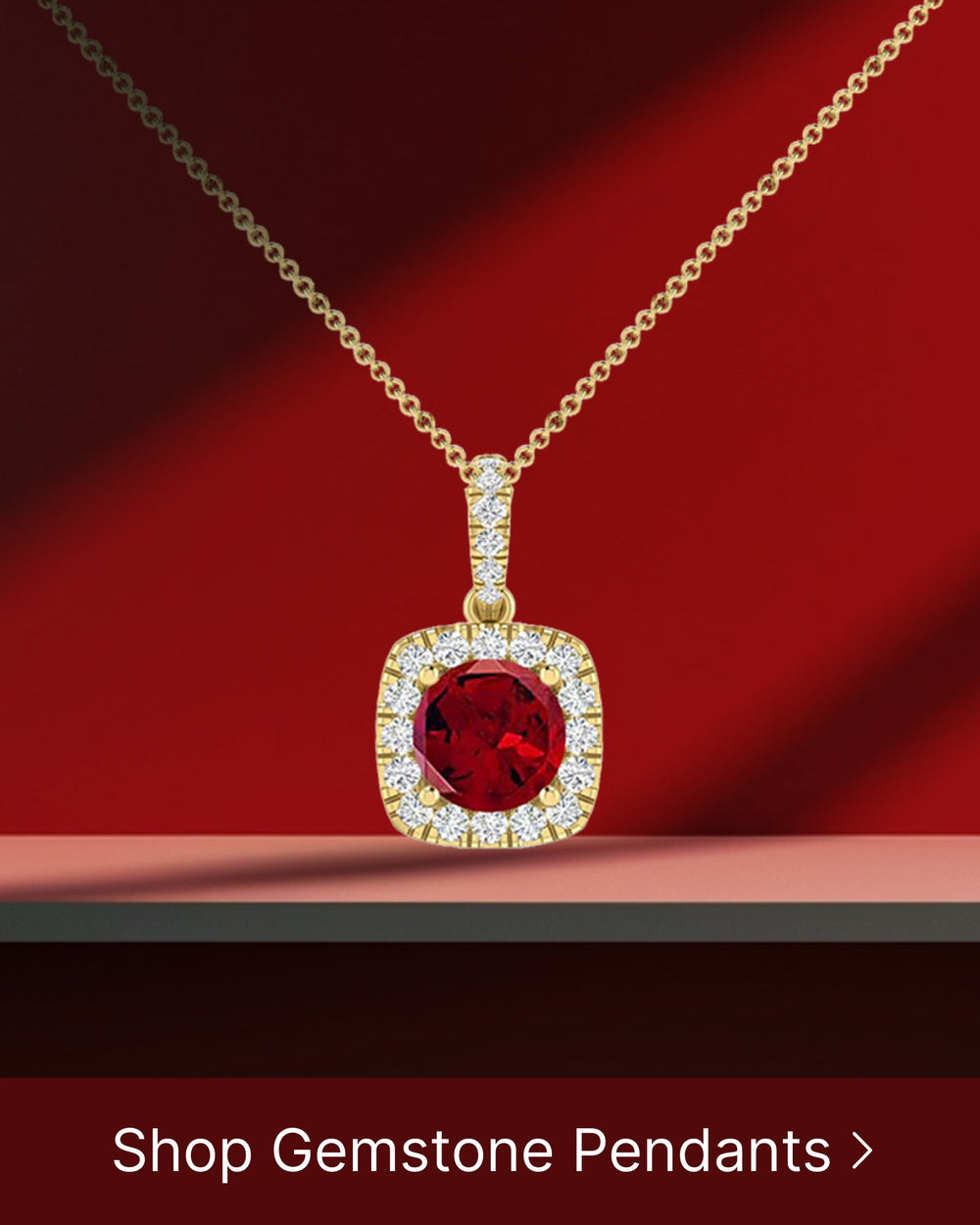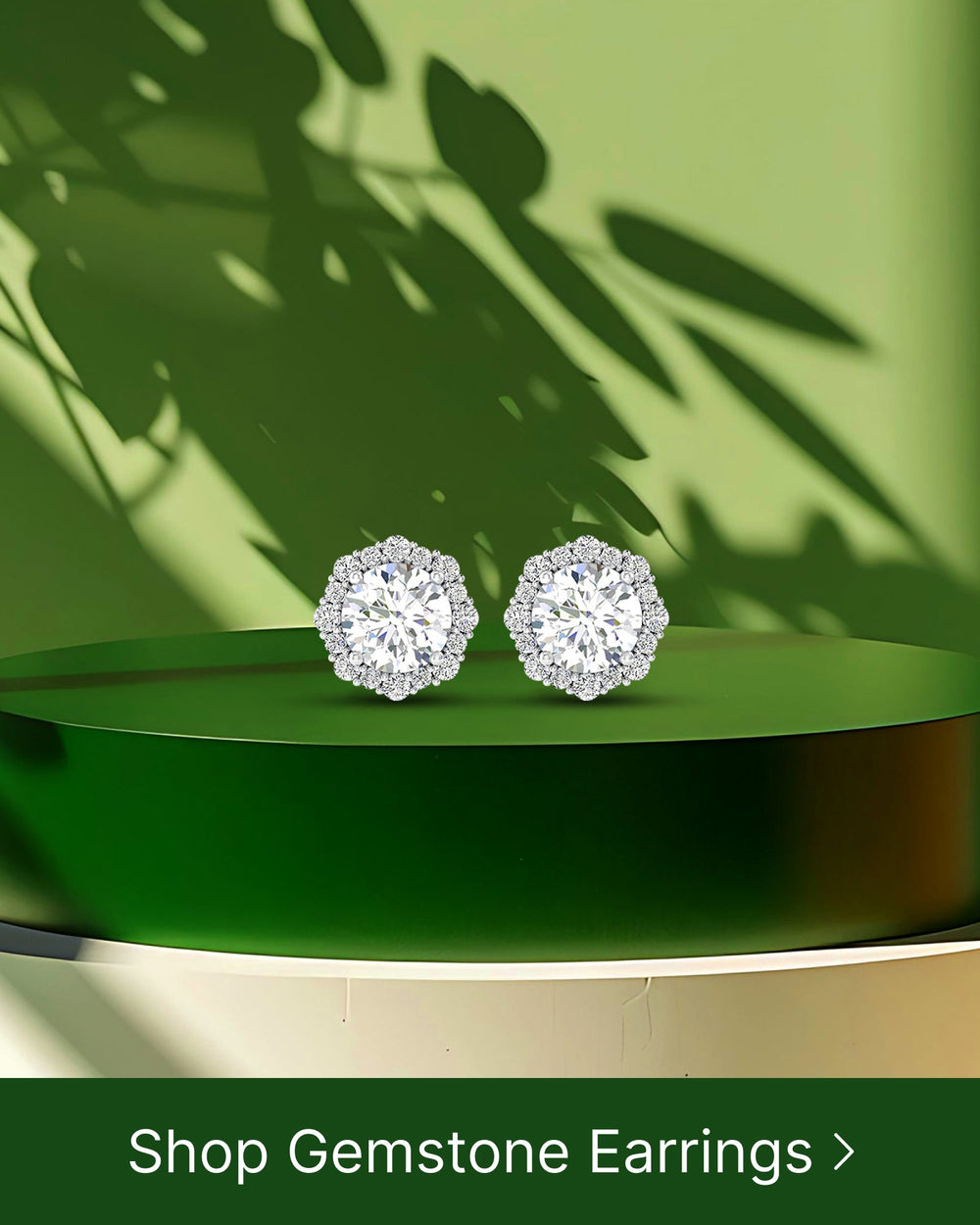Kinetic art, with its mesmerizing movement and captivating aesthetic appeal, has found a new home in the world of jewelry. From necklaces that sway with each step to rings that spin with a flick of the finger, kinetic jewelry brings a sense of dynamism and intrigue to traditional adornment. In this article, we delve into the realm of kinetic art in jewelry, exploring the concept of movement in art, the evolution of kinetic art, the intersection of kinetic art and jewelry, notable artists in the field, materials and techniques used, and the future of this innovative field.
Understanding Kinetic Art
At its core, kinetic art is the exploration and incorporation of movement into artwork. It challenges the traditional static nature of traditional art forms, bringing them to life through motion. Movement holds a significant place in the world of art, allowing artists to convey emotions, concepts, and narratives in a unique and captivating way.
Kinetic art is not limited to a single medium or technique. It encompasses a wide range of artistic expressions, including sculptures, installations, paintings, and even digital art. The artists behind these creations use various mechanisms, such as motors, gears, and magnets, to create dynamic and interactive artworks.
The Concept of Movement in Art
The allure of movement lies in its ability to capture and engage the viewer's attention. In kinetic art, movement is not just a superficial addition; it is an integral part of the artwork's essence. Artists play with various elements, such as balance, tension, and rhythm, to create artworks that move and evoke emotions.
Balance is crucial in kinetic art, as it determines how the artwork moves and interacts with its surroundings. Artists carefully calculate the distribution of weight and forces to achieve a harmonious and visually pleasing motion. Tension, on the other hand, adds a sense of anticipation and suspense to the artwork. It creates a dynamic interplay between different elements, keeping the viewer engaged and intrigued.
Rhythm plays a vital role in kinetic art, as it establishes a sense of continuity and flow. Artists carefully choreograph the movement of their artworks, creating a mesmerizing dance that unfolds before the viewer's eyes. The rhythmic patterns and sequences add a layer of complexity and depth to the artwork, enhancing its overall impact.
The Evolution of Kinetic Art
Kinetic art has a rich history that spans several centuries. The movement gained prominence in the 20th century, with artists experimenting with new materials, techniques, and ideas. From Alexander Calder's mobiles to Jean Tinguely's intricate mechanical sculptures, kinetic art has continuously pushed boundaries and challenged traditional notions of art.
Alexander Calder, often regarded as the father of kinetic art, was one of the pioneers who explored the possibilities of movement in art. His mobiles, composed of delicately balanced metal shapes, gracefully sway and rotate with the slightest breeze. Calder's mobiles not only captured the beauty of movement but also introduced a new dimension of interaction between art and its environment.
Jean Tinguely, on the other hand, took kinetic art to a whole new level with his complex and whimsical mechanical sculptures. His artworks, often composed of salvaged materials and found objects, come to life through intricate mechanisms and cleverly engineered systems. Tinguely's playful and thought-provoking sculptures challenge the traditional notions of art, inviting viewers to question the boundaries between art and technology.
As the world of art continues to evolve, kinetic art remains a vibrant and dynamic movement that captivates audiences worldwide. Artists continue to explore new possibilities, incorporating innovative technologies and pushing the boundaries of what is considered possible. Kinetic art is not just about movement; it is a testament to the limitless imagination and creativity of artists who dare to challenge the status quo.
The Intersection of Kinetic Art and Jewelry
Combining the beauty of jewelry with the allure of movement, kinetic jewelry brings a whole new dimension to personal adornment. It allows wearers to express their individuality and connect with the artwork on an intimate level. The interaction between the wearer and the artwork adds an interactive element, blurring the boundaries between art and the audience.
Imagine wearing a necklace that gracefully sways with every step you take, or earrings that twirl and dance with each turn of your head. Kinetic jewelry not only catches the eye but also delights the senses. The incorporation of movement in jewelry enhances its visual appeal, creating an ever-changing spectacle that captures the imagination.
The Aesthetic Appeal of Movement
The fluidity and dynamism of movement in kinetic jewelry create an enchanting visual experience. Each piece becomes a miniature performance, captivating both the wearer and those who behold it. The gentle sway of a pendant or the graceful rotation of a ring adds an element of life and vibrancy to the jewelry, making it truly come alive.
Imagine a kinetic bracelet that features tiny gears and wheels, intricately designed to create a mesmerizing display of motion. As you move your hand, the gears interlock and turn, creating a fascinating spectacle that draws the gaze of onlookers. The aesthetic appeal of movement in kinetic jewelry is undeniable, making it a unique and captivating form of wearable art.
The Technical Challenges of Creating Kinetic Jewelry
While kinetic jewelry offers a world of artistic possibilities, it also presents unique technical challenges. Artisans who specialize in this craft must navigate the delicate balance between functionality, durability, and aesthetics. The mechanics of kinetic jewelry require precision engineering and careful consideration of weight distribution.
Imagine the intricate process of designing a kinetic necklace that features delicate chains and moving parts. The artisan must ensure that the piece remains wearable and comfortable for the wearer while still enchanting the beholder. The challenge lies in creating a piece that not only moves flawlessly but also withstands the test of time.
Additionally, the materials used in kinetic jewelry must be carefully chosen to withstand the constant motion and wear. The artisan must consider factors such as durability, flexibility, and resistance to corrosion. Each component of the jewelry must be meticulously crafted and assembled to ensure smooth movement and longevity.
Despite the technical challenges, the creation of kinetic jewelry is a labor of love for artisans who are passionate about pushing the boundaries of traditional jewelry design. They strive to create pieces that not only showcase their artistic vision but also evoke a sense of wonder and delight in those who wear and admire their creations.
Notable Artists in Kinetic Jewelry
Within the realm of kinetic jewelry, there are pioneers who laid the groundwork for this art form and contemporary artists who push its boundaries further. These artists employ various materials, techniques, and styles to create their captivating pieces.
Kinetic jewelry is a fascinating art form that combines the beauty of jewelry with the element of movement. It adds an extra layer of intrigue and dynamism to the pieces, making them truly unique and mesmerizing. Let's explore some notable artists who have made significant contributions to this field.
Pioneers of the Movement
One notable pioneer in kinetic jewelry is Alexander Calder. Known for his mobile sculptures, Calder embraced the idea of movement in jewelry, creating pieces that danced with every gesture. His innovative approach to jewelry design revolutionized the way we perceive and interact with wearable art.
Another influential figure is Art Smith, whose bold and sculptural designs incorporated clever mechanisms to bring movement to his jewelry. Smith's pieces not only adorned the body but also engaged with it, responding to the wearer's movements and creating a dynamic visual experience.
These pioneers paved the way for future artists, inspiring them to explore the possibilities of kinetic jewelry and challenge the boundaries of traditional jewelry design.
Contemporary Artists Pushing Boundaries
Today, contemporary artists continue to push the boundaries of kinetic jewelry, taking inspiration from the pioneers and infusing their own unique styles and techniques.
Studio Rigi is one such artist who combines high-tech innovations with traditional craftsmanship, resulting in mesmerizing pieces that respond to the wearer's movements. Their jewelry incorporates intricate mechanisms and sensors that detect motion, creating a captivating interplay between the piece and the wearer.
Maja Houtman is another artist who explores the concept of kineticism by incorporating moving parts inspired by nature into her jewelry. Her pieces often feature delicate mechanisms that mimic the fluttering of butterfly wings or the swaying of leaves in the wind. By capturing the essence of natural movement, Houtman's jewelry evokes a sense of wonder and connection to the world around us.
These contemporary artists not only continue the legacy of the pioneers but also bring new perspectives and innovations to the field of kinetic jewelry. Their creations challenge our perception of what jewelry can be and invite us to explore the possibilities of wearable art.
As the field of kinetic jewelry continues to evolve, we can expect to see even more exciting and boundary-pushing creations from both established artists and emerging talents. The fusion of art, technology, and craftsmanship in kinetic jewelry opens up endless possibilities for creativity and self-expression.
Materials and Techniques in Kinetic Jewelry
Artisans working in the field of kinetic jewelry employ a diverse range of materials and techniques to bring their creations to life.
Commonly Used Materials
Metals such as gold, silver, and titanium are frequently used due to their durability and malleability. These materials provide a solid foundation for the intricate mechanisms that enable movement. In addition to metals, artists also incorporate gemstones, enamel, and even unconventional materials like wood or plastic to add color and texture to their designs.
Innovative Techniques for Movement
Artists employ various techniques to achieve movement in jewelry. From hidden hinges and pivots to delicate chains and springs, these mechanisms allow components of the jewelry to move freely. Some artists also utilize cutting-edge technology, such as miniaturized motors and sensors, to create interactive and responsive kinetic jewelry.
The Future of Kinetic Jewelry
Trends to Watch
The field of kinetic jewelry continues to evolve, drawing inspiration from technological advancements, environmental concerns, and societal shifts. One emerging trend is the integration of sustainable materials and practices into kinetic jewelry, allowing wearers to make a statement not only through movement but also through conscious choices.
The Impact of Technology on Kinetic Jewelry
Technology opens up new possibilities for kinetic jewelry, enabling the creation of complex and interactive pieces. With advancements in miniaturization and wearable technology, artists can incorporate sensors, lights, and even programmable movements into their designs, creating wearable sculptures that respond to the wearer's environment or emotions.
As kinetic art continues to captivate both artists and art enthusiasts, its fusion with jewelry adds a new dimension to personal adornment. With its ever-changing spectacle of movement, kinetic jewelry invites us to explore the intersection between art, technology, and self-expression. Whether it's a pendant that dances on a chain or a bracelet that morphs with a touch, kinetic jewelry allows us to wear art that truly moves us.







